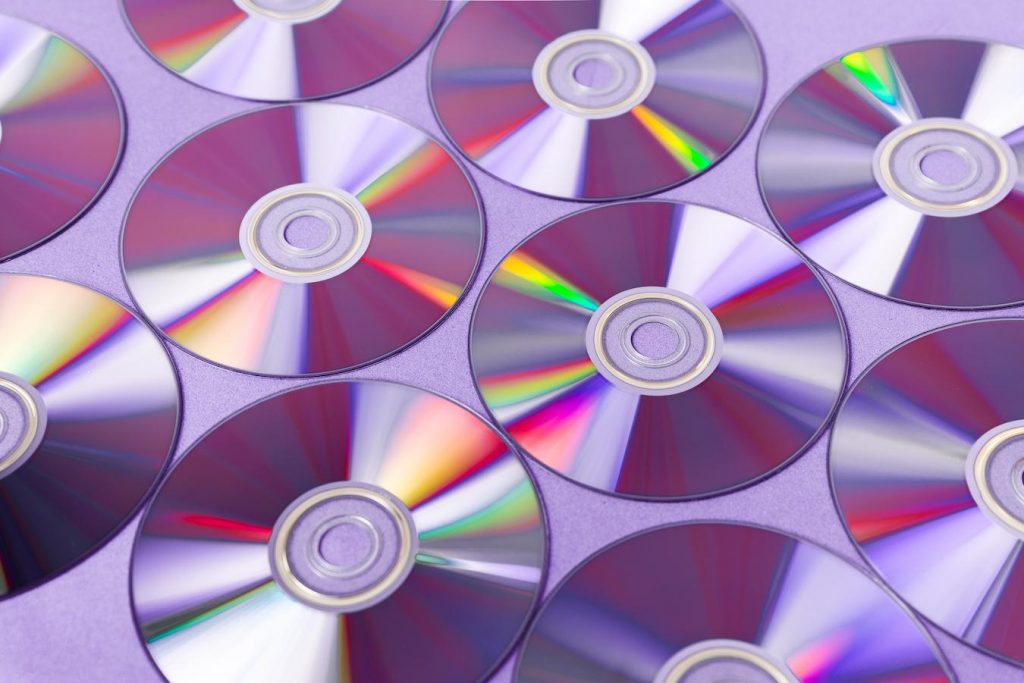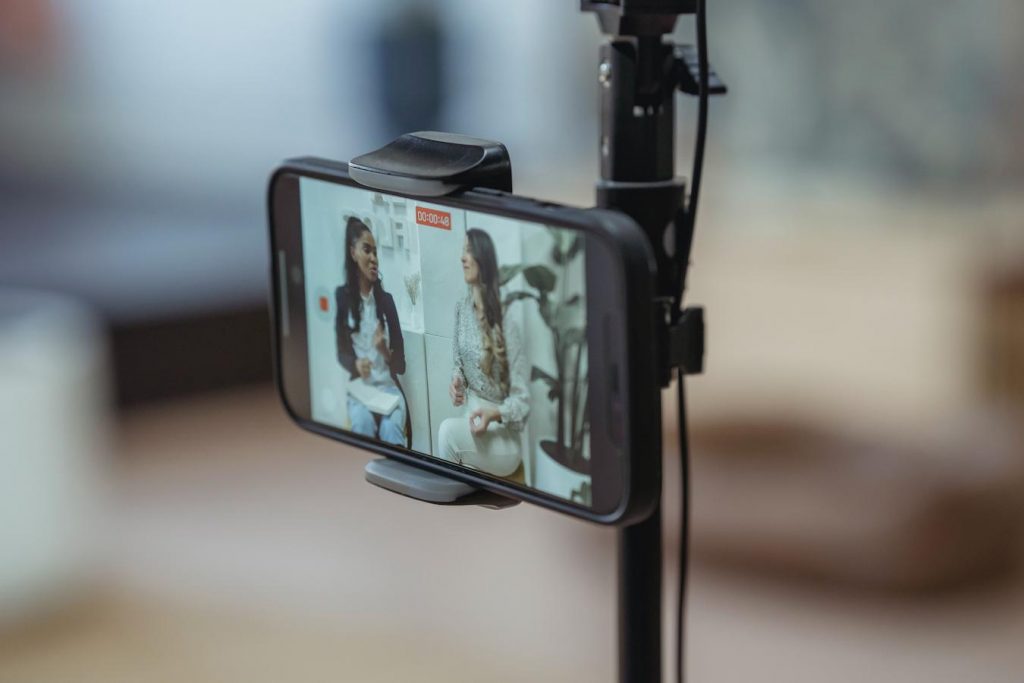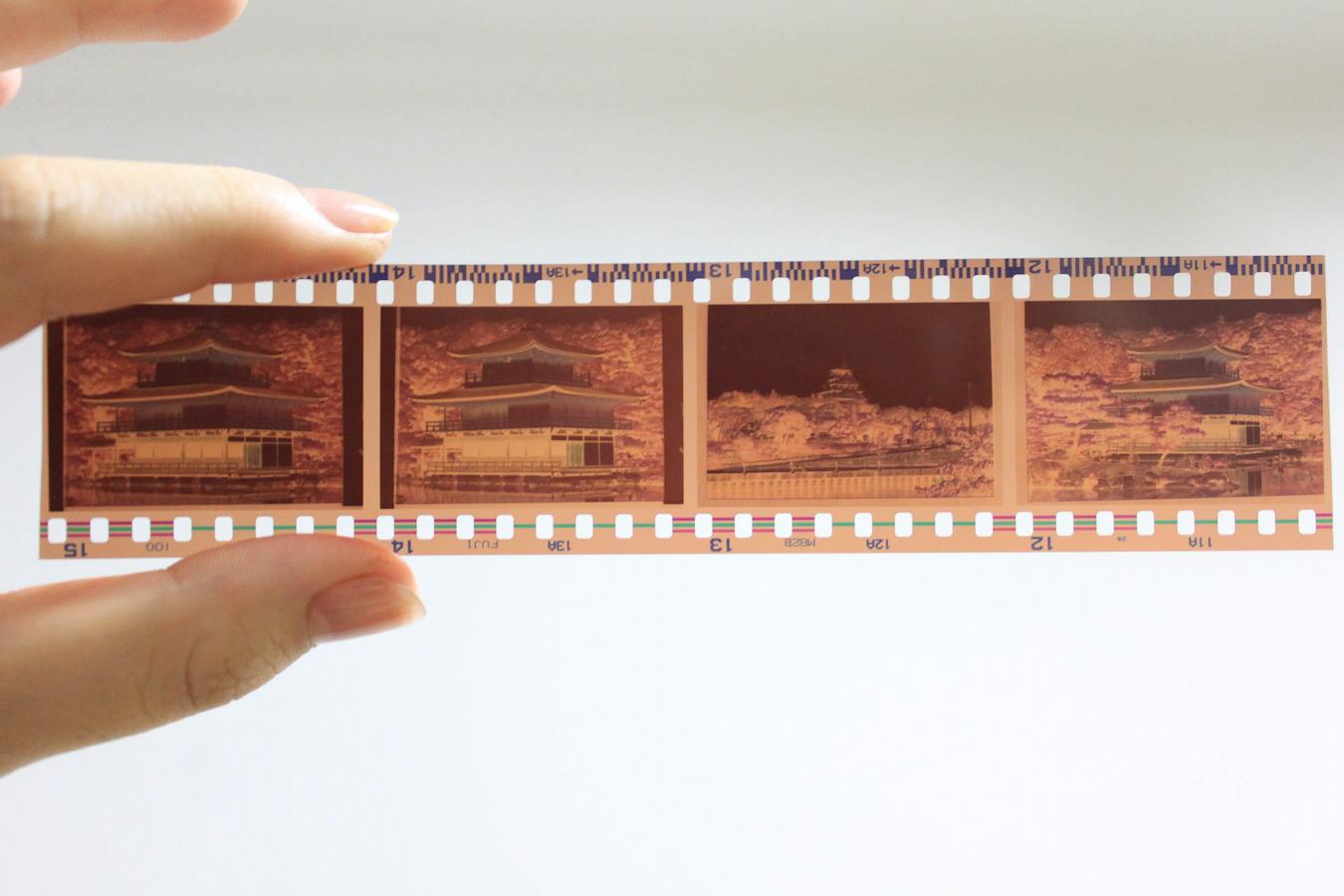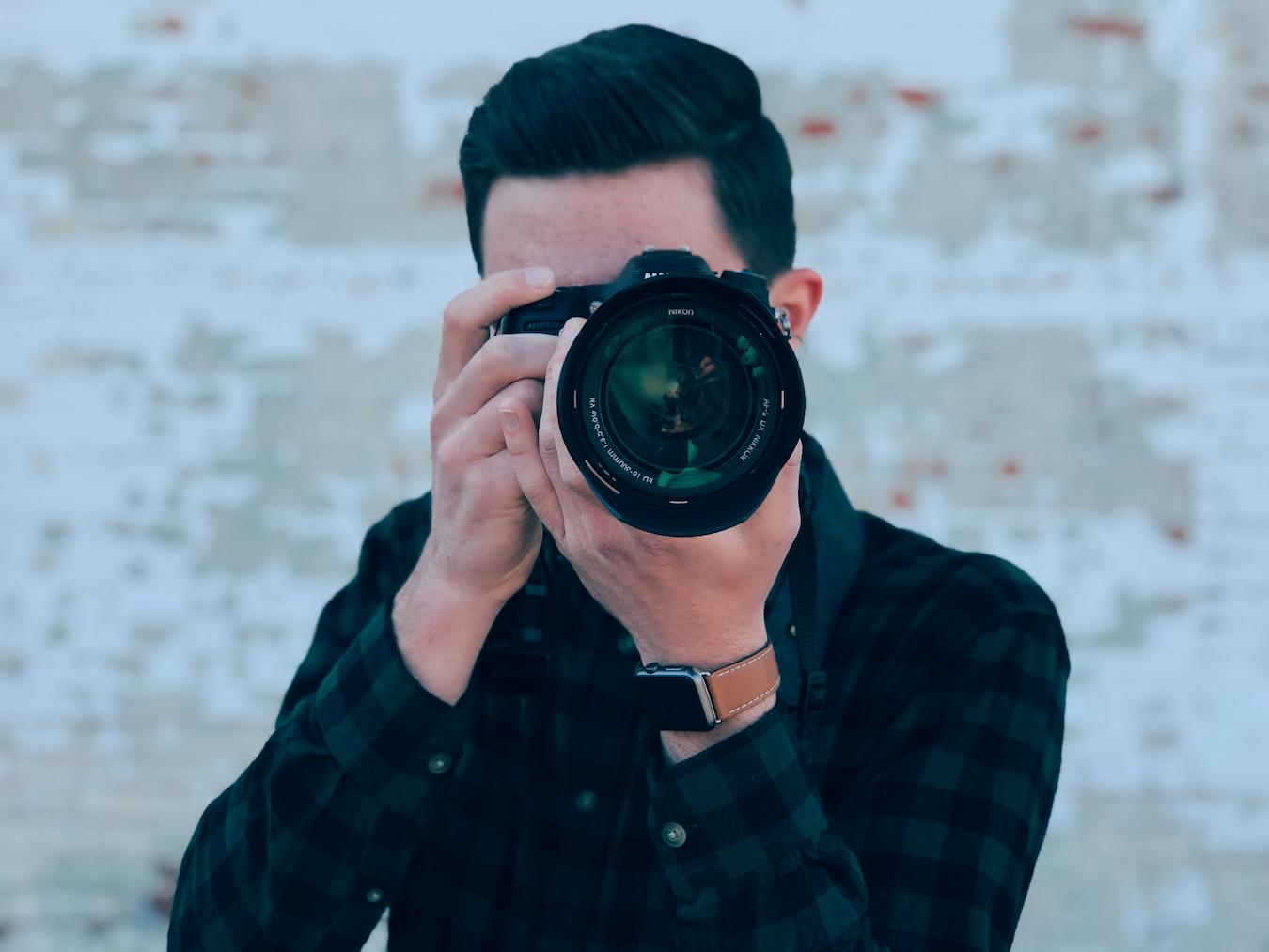If you’re reading this, it’s likely you didn’t have DVD stacked upon DVD in your childhood household. Maybe you’re more used to watching a movie through a film format?
And the term USB device makes you cock your head to one side? This is in no way to shame you.
In fact, it’s to give you a proud badge of honor for stumbling across this article. And, for knowing what super 8 film is!
Most home movies were shot with either super 8 film or on 8 mm film reels up until the 1980s. And while some may confuse super 8 and 8mm for the same thing, their dimensions and what they create on-screen are actually quite different.
Standard 8 mm film has larger, more square sprocket holes along the edge. But super8 film is longer and more rectangular in comparison.
Starting to remember now? Either way, it’s likely that you’re looking to go digital now, what with us living in the digital age and all.
Or maybe someone’s trying to convince you to get behind digital conversion and you’re not buying it? Well, let us help to win you over in that argument.
See Related: What is Independent Filmmaking?
Benefits of going digital

You might think that a DVD just doesn’t have the same nostalgic touch as a super 8 or 8mm film. Well, we can’t necessarily argue that.
But, when you format your movie or video on a DVD, you can easily transfer or download it to a computer or USB. And it could be transferred in multiple formats as well.
This means that you get to share your old movie or video with that one relative who never got a copy. After all, a DVD or USB is way easier to lug around than a film reel.
Additionally, you can easily format the quality, photo, and music of a digital video. Add subtitles for folks who are hard of hearing or try editing the sound in places where it’s too quiet.
But perhaps most importantly, DVDs are meant to last. Old film can get lost or damaged.
But when you have your memories on a DVD, you can feel secure knowing that they’re safe. So, have we convinced you yet?
Are you officially thinking of how you can execute a film transfer without damaging your family memories? Well, you’re in luck!
Below are some tips for how to transfer your super8 films into digital files. Following these steps, you’ll be converting, digitizing, and editing in no time.
And you’ll be able to relive those family moments with greater clarity. Ready to take a stroll down memory lane?
Bonus: How To Get Into Documentary Filmmaking
Film conversion options
There are plenty of ways to digitize your film reels and save those precious family memories. But some ways are definitely easier than others.

Full DIY
This first approach takes it back to old school. But before we begin, you’ll need the following supplies:
- A film reel projector
- A digital video camera
- A clean, white wall
Set up the projector and video camera next to each other in a dark room. Project your super8 or 8mm film onto the wall.
Then, adjust the viewfinder on your digital camera to capture the footage. Hit play-back and the projector and start recording the camera.
This conversion system is by far the simplest (and not to mention, free). But this also means that you won’t be able to guarantee good audio or sound support.
The quality of your media will depend on both the super8 or 8mm film and your digital camera. But if you’re looking to get your fading films converted quickly, this is an easy way to get your videos digitized.
A little help from my friends
The last option kind of leaves everything up to fate. But if you’re looking for another way to save your memories on film without hiring a professional service, this is the option for you.
Buy a film-to-video converter. They often look like a compact version of your old-fashioned projector.
But don’t feel fooled by this. These machines can actually get quite expensive.
Start by placing your super8 or 8mm film at one end of the project. Feed it through to the capture pad.
Then, connect it to an uptake reel. Getting your media digitized this way can take some time.
But that only guarantees better photo, sound, and music quality for your films throughout the digitizing process. Once you digitize the films successfully, your files will be saved onto the USB or SD card attached.
Then, you can easily upload your home movies onto your computer. And grab some popcorn and enjoy!
The full monty
It’d be silly to tell you how to transfer super 8 film to digital without telling you to consider hiring a professional service. So here it is: consider hiring a professional service. It’s similar to deciding between recording music in a bedroom, or a professional production studio. It’s night and day.
Film transfer services are not cheap. But they are far easier than trying to transfer 8mm reels to digital files yourself.
You can look to a local specialist to convert and transfer your super 8 or 8mm videos. Or, you can turn to major retailers like Costco and Walgreens.
Both will likely be prepared to service any kind of film format you bring in. After all, their main goal is to make the customer happy.
The process to convert your movies and get them transferred to a DVD can take some time. And of course, this will also depend on whether your store needs to ship it back to you in a box.
But once they’ve successfully executed the conversion process, you’ll receive your super 8 or 8mm reel back in their original formats. And you’ll have not one DVD, but two DVDs, as well as online access to your digital files.
And cut

Letting go of film can be hard. It does have that particular allure that can’t be replaced through digital means.
But transferring your film to digital ensures that your memories stay safe. So no matter which option you choose, you can rest assured knowing that you are investing in the long-term of your memories.
Besides, those old films need to be organized. How else will you have the room to create new memories?
Keep Reading: How to Become a Film Director
–
Mack Sennett Studios is a historic full-service photography studio, production sound stage, and private event space in Silver Lake, serving as creative home to the Los Angeles cultural renaissance for the last 100 years. Check us out on Facebook, Twitter, Vimeo, Pinterest, Yelp and Instagram.




